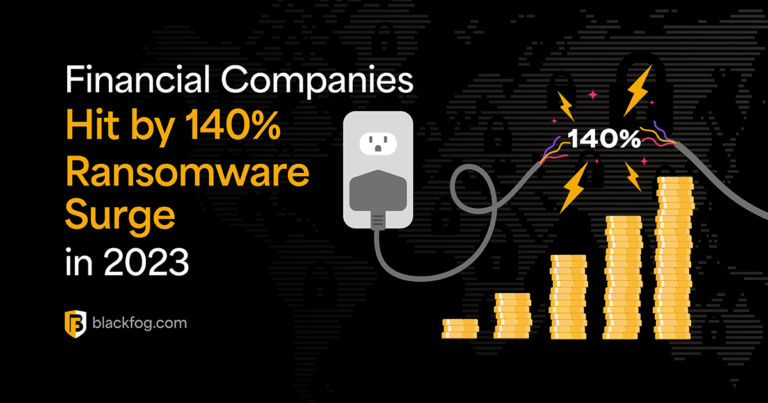The sun rises over Toronto’s financial district as traders prepare for another day of market volatility. But behind the glass towers and digital terminals, Canada’s financial landscape is undergoing its most significant transformation in decades—driven by technological innovation, changing consumer expectations, and economic pressures that show no signs of easing in 2024.
“We’re witnessing a perfect storm of disruption,” explains Michael Rousseau, Chief Analyst at RBC Capital Markets. “Traditional institutions are being forced to evolve at unprecedented speeds while contending with new competitors who don’t play by the established rules.”
This evolution comes as Canada’s financial sector contributes approximately 7% to the national GDP—over $140 billion annually—while employing more than 800,000 Canadians across banking, insurance, and investment services. The stakes couldn’t be higher for an industry that serves as the backbone of economic stability.
Digital banking adoption has accelerated dramatically, with 78% of Canadians now primarily using online or mobile platforms for routine financial transactions—a 23% increase from pre-pandemic levels. The major banks have responded by closing over 400 physical branches nationwide since 2020, redirecting billions into digital infrastructure development.
Meanwhile, fintech disruptors continue gaining ground. Companies like Wealthsimple and Neo Financial have doubled their user bases in the past 18 months by offering commission-free trading and innovative banking alternatives. Their success has attracted over $1.2 billion in venture capital to Canadian fintech ventures in 2023 alone.
“Traditional banks still hold significant advantages in capital reserves and regulatory expertise,” notes Sophia Chen, Director of Financial Innovation at Deloitte Canada. “But they’re increasingly partnering with or acquiring fintech startups to stay competitive. We tracked 17 such acquisitions in the past year, representing over $3 billion in transaction value.”
The cryptocurrency and blockchain sector presents both opportunity and challenge. Despite Bitcoin’s volatility, institutional adoption continues to grow, with five major Canadian pension funds now allocating portions of their portfolios to digital assets. The CO24 Business sector shows regulatory frameworks are evolving accordingly, with the CSA (Canadian Securities Administrators) introducing new oversight guidelines for crypto exchanges operating in Canadian markets.
Environmental, Social, and Governance (ESG) considerations have moved from peripheral concerns to central strategic priorities. Canada’s six largest banks have collectively committed over $700 billion toward financing sustainable businesses and projects by 2030. This shift reflects both investor pressure and recognition of climate-related financial risks.
“The integration of ESG metrics into lending decisions represents a fundamental change in how risk is assessed,” explains Dr. Amara Singh, Professor of Sustainable Finance at the University of Toronto. “Banks are now screening potential borrowers not just on traditional metrics but on carbon footprint and transition plans.”
The wealth management sector faces its own disruption as Canada navigates the largest intergenerational wealth transfer in history. An estimated $1 trillion will change hands within Canadian families over the next decade, forcing advisors to adapt to the different expectations of millennial and Gen Z inheritors.
“Younger clients demand digital-first experiences, fee transparency, and alignment with their values,” says Jennifer Williams, Chief Strategy Officer at TD Wealth. “They’re also more likely to question traditional investment wisdom and explore alternative asset classes.”
Artificial intelligence continues reshaping operations across the financial sector. Canadian banks have deployed AI solutions for fraud detection that have reduced false positives by 60% while improving actual threat identification. Meanwhile, customer service AI implementations now handle 45% of routine inquiries without human intervention—though not without occasional friction.
“The challenge isn’t implementing AI,” notes tech journalist Martin Chen in a recent CO24 Breaking News feature. “It’s implementing it in ways that enhance rather than frustrate the customer experience.”
Open banking initiatives promise further disruption, with the federal government finally moving toward implementation after years of consultation. When fully realized, this framework will allow consumers to securely share their financial data between institutions, potentially unleashing a wave of innovation in personal financial management tools.
Labor market dynamics present additional challenges. The financial sector faces a growing skills gap, with 67% of institutions reporting difficulty filling positions requiring data science and cybersecurity expertise. This talent shortage has pushed average compensation for these roles up 18% year-over-year.
As Canada’s financial institutions navigate these transformative trends, one thing becomes clear: the industry that emerges will bear little resemblance to its pre-pandemic predecessor. For consumers, investors, and the broader economy, the question remains—will this evolution deliver on its promise of greater efficiency, inclusion, and resilience, or will it introduce new systemic vulnerabilities that only become apparent when the next crisis hits?
The answer may well determine not just the future of Canada’s financial sector, but the trajectory of the national economy itself.
























